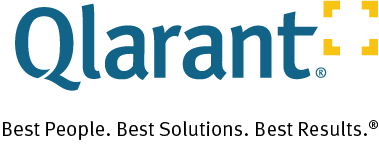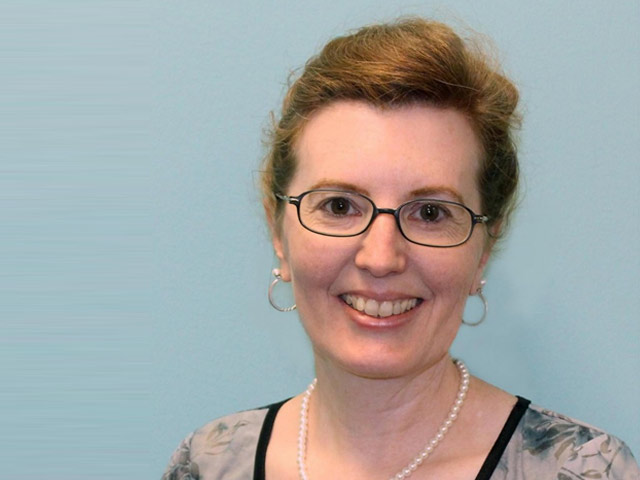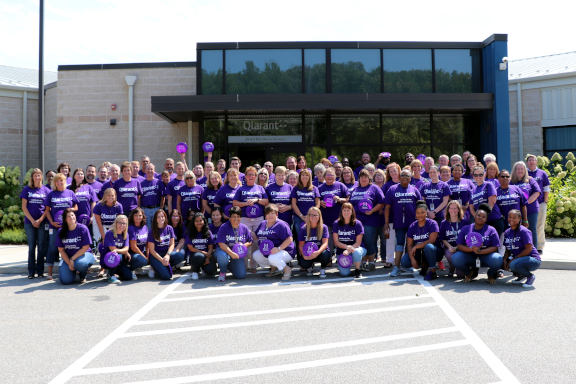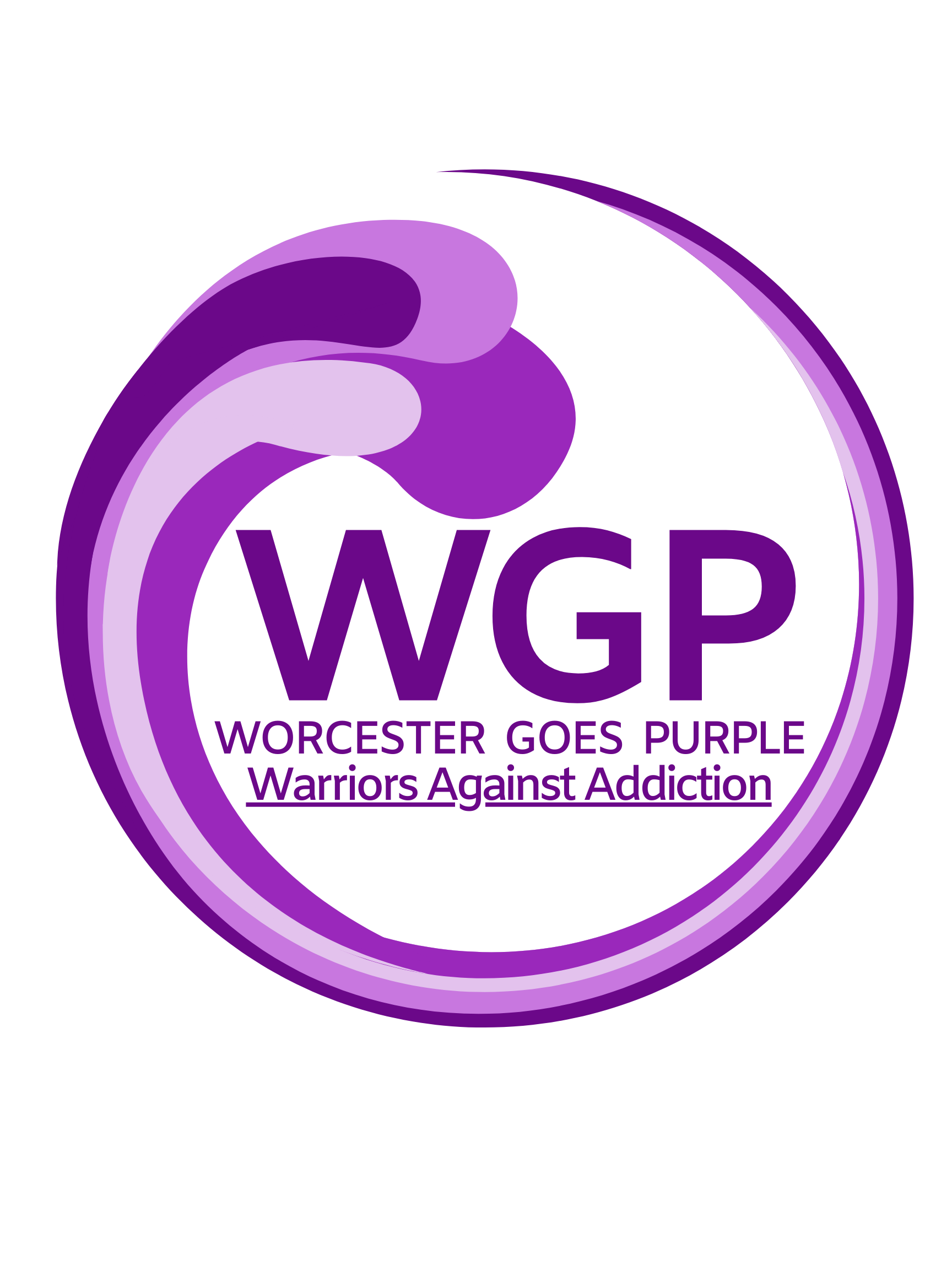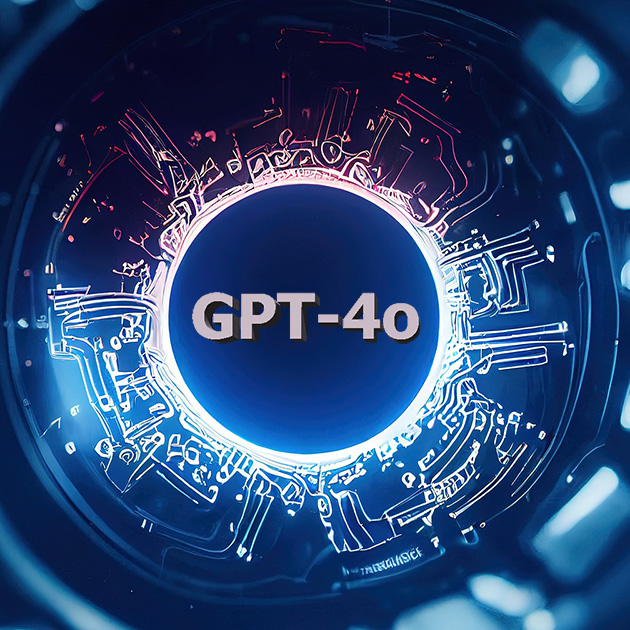Blockchain: The Answer to All of Your Electronic Health Record (EHR) Problems
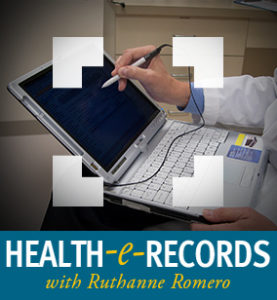 I see the title caught your interest, as do most titles on the internet. In my last blog post, “The Cost of Data Storage” I ended with a cliffhanger to stay tuned for the next episode to find out what “Blockchain” really is and means. Well, your wait is over, that day is upon us. Blockchain was created by an unknown entity called Satoshi Nakamoto in 2008 to serve as the public transaction ledger of the cryptocurrency bitcoin—Ta da! So now that you know nothing more than you did before, maybe I should restate it in plain English so it is easier to understand. Blockchain is a programming language invented for the sole purpose of tracking electronic digital currency (bitcoin) transactions using encryption techniques to verify the transfer of funds. It manages transactions using peer-to-peer technology to operate with no central authority or banks. It uses open-source technology, which means nobody owns or controls it and everyone can take part in additional development. As for the identity of Satoshi Nakamoto, that remains a mystery. It is unclear if this is the name of a single person or a name used by a group of people.
I see the title caught your interest, as do most titles on the internet. In my last blog post, “The Cost of Data Storage” I ended with a cliffhanger to stay tuned for the next episode to find out what “Blockchain” really is and means. Well, your wait is over, that day is upon us. Blockchain was created by an unknown entity called Satoshi Nakamoto in 2008 to serve as the public transaction ledger of the cryptocurrency bitcoin—Ta da! So now that you know nothing more than you did before, maybe I should restate it in plain English so it is easier to understand. Blockchain is a programming language invented for the sole purpose of tracking electronic digital currency (bitcoin) transactions using encryption techniques to verify the transfer of funds. It manages transactions using peer-to-peer technology to operate with no central authority or banks. It uses open-source technology, which means nobody owns or controls it and everyone can take part in additional development. As for the identity of Satoshi Nakamoto, that remains a mystery. It is unclear if this is the name of a single person or a name used by a group of people.
 Remember back in one of my first posts, “How Did We Get Here? – the “Official”, “Unofficial” Beginnings”, I mentioned that EHRs have been around in the United States healthcare setting in one form or another since the late 1960’s or early 1970’s. In the decades since, the designs are mainly for billing purposes, leaving the end users (healthcare clinicians and patients) to deal with an application that is far from intuitive or user-friendly. In addition, because most EHRs lack interoperability, an important function that connects one EHR to another, accessing patient information that comes from another office or hospital is difficult. Hence, Practice Makes Perfect. Could the peer-to-peer Blockchain technology be the answer to this problem? Can it be that simple? That black and white?
Remember back in one of my first posts, “How Did We Get Here? – the “Official”, “Unofficial” Beginnings”, I mentioned that EHRs have been around in the United States healthcare setting in one form or another since the late 1960’s or early 1970’s. In the decades since, the designs are mainly for billing purposes, leaving the end users (healthcare clinicians and patients) to deal with an application that is far from intuitive or user-friendly. In addition, because most EHRs lack interoperability, an important function that connects one EHR to another, accessing patient information that comes from another office or hospital is difficult. Hence, Practice Makes Perfect. Could the peer-to-peer Blockchain technology be the answer to this problem? Can it be that simple? That black and white?
Blockchain technology is universal and uses techniques to bypass one single source of ownership or control. The applications in healthcare would all be compatible while never distorting the data itself. This would
Caring for patients is different from transferring digital currency. There could be massive amounts of personal health information involved, such as decades of visits involving tens of thousands of pieces of data. In the grand scheme of things, tracking and handling money appears to be pretty straightforward as compared to patient health data, which appears to have a lot of turns and curves in the road. Blockchain seems to be a good technology for lots of electronic data, but for healthcare data, more research should be done before we dive in headfirst.
